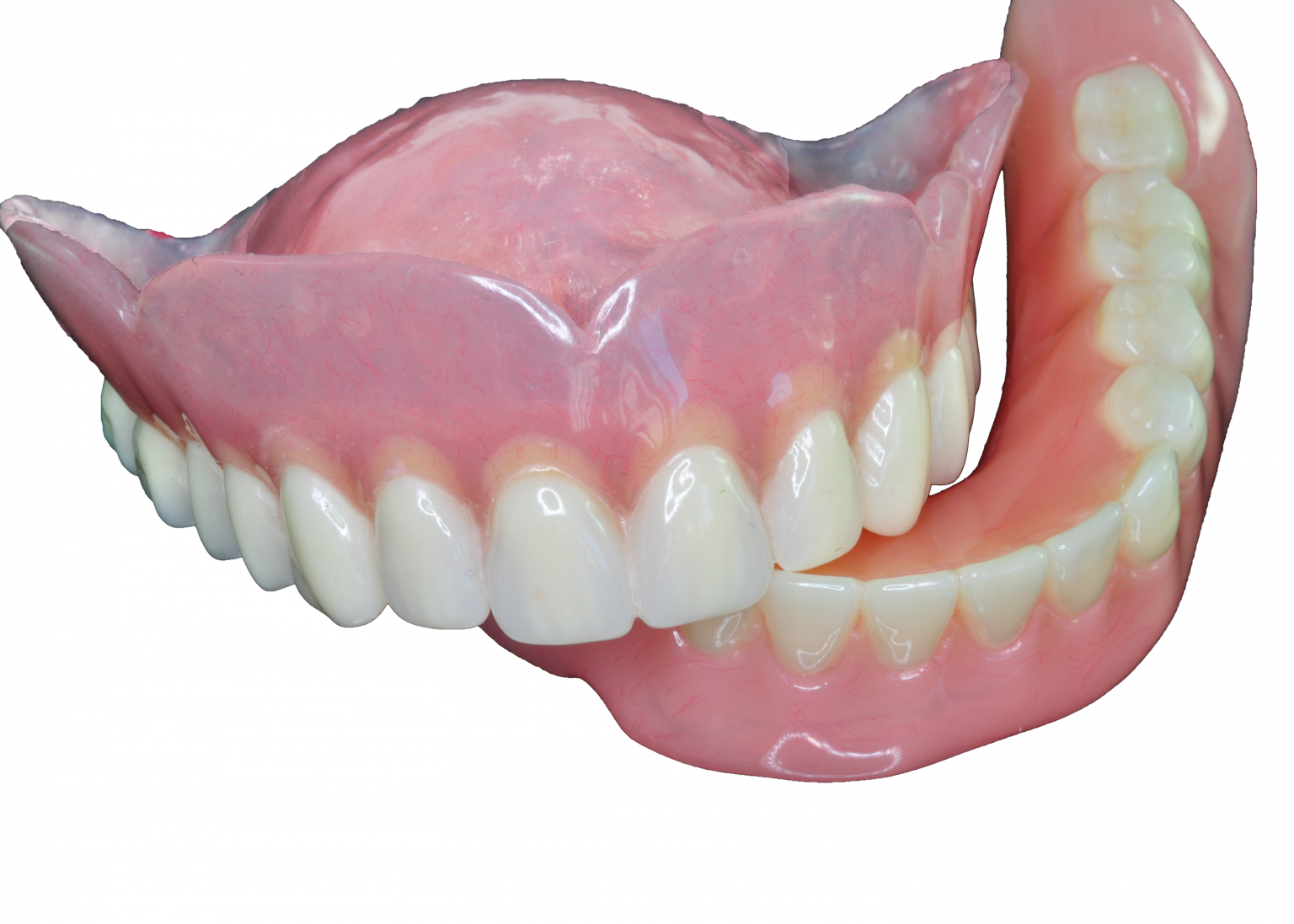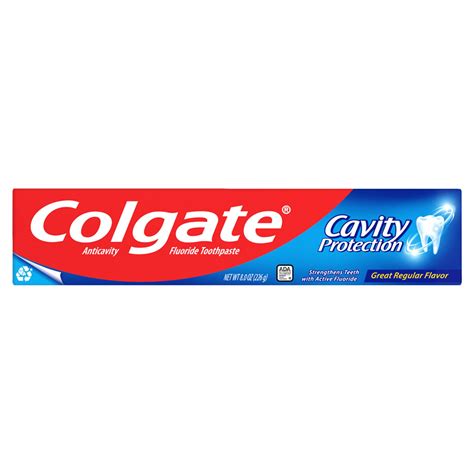Types Of Flexible Dentures

The world of dentures has evolved significantly over the years, offering individuals with missing teeth a variety of options to restore their smile and confidence. Among these options, flexible dentures have gained popularity due to their comfort, aesthetics, and functionality. Flexible dentures are made from a range of materials that provide a more natural feel and movement, closely mimicking the characteristics of natural teeth and gums. Let’s delve into the types of flexible dentures available, each catering to different needs and preferences.
1. Valplast Dentures
Valplast dentures are one of the pioneering types of flexible dentures, made from a nylon resin that is both flexible and resistant to wear. They are a popular choice for partial dentures, offering a comfortable, metal-free alternative that can blend seamlessly with the natural gums. The nylon material allows for some degree of flex, making them less likely to fracture compared to traditional dentures. Valplast dentures are particularly favored for their aesthetic appeal, as they can be colored to match the patient’s gums, providing a highly natural appearance.
2. Flexite Dentures
Flexite dentures are another type of flexible partial denture, known for their durability and comfort. They are made from a type of thermoplastic material that is both flexible and strong, making them suitable for patients who have experienced discomfort with traditional metal clasps. Flexite dentures are designed to be virtually unbreakable and can be a good option for individuals with a history of denture fractures. They also offer excellent aesthetics, with the ability to mimic the appearance of natural gums and teeth.
3. DuraFlex Dentures
DuraFlex dentures are designed to provide the ultimate in flexibility and durability. Made from a unique blend of materials, they offer superior strength and resistance to stains and odors. DuraFlex dentures are a preferred choice for patients seeking a high level of comfort and functionality. They are also metal-free, which can be beneficial for individuals with metal allergies or sensitivities. Their flexible nature allows them to absorb some of the forces of chewing, distributing these forces more naturally and reducing the risk of sore spots.
4. UltraFlex Dentures
UltraFlex dentures represent the latest advancements in flexible denture technology, boasting an extremely high level of flexibility and comfort. They are crafted from advanced materials that are not only durable but also exceptionally lightweight, making them ideal for patients who are new to wearing dentures. UltraFlex dentures are designed to provide a snug, secure fit without the need for metal clasps, ensuring that the denture stays in place during eating and speaking. Their ultra-flexible nature allows for a more natural gum appearance and feel, enhancing the overall aesthetic and functional experience.
5. TCS (Thermoplastic Composite System) Dentures
TCS dentures are a modern approach to flexible denture design, utilizing a thermoplastic composite system that combines the benefits of flexibility, aesthetics, and durability. These dentures are highly resistant to fracture and offer excellent biocompatibility, reducing the risk of allergic reactions. TCS dentures can be tailored to meet individual patient needs, providing a customized fit and appearance that closely mimics natural teeth and gums. They are also relatively easy to adjust and repair, making them a practical choice for long-term denture wearers.
Conclusion
Flexible dentures have revolutionized the field of dentistry, offering patients a wide range of options that cater to their unique needs, preferences, and lifestyle. Whether it’s the comfort of Valplast, the durability of Flexite, the versatility of DuraFlex, the innovation of UltraFlex, or the modernity of TCS dentures, there’s a type of flexible denture designed to enhance the quality of life for individuals with missing teeth. By consulting with a dental professional, patients can determine the most suitable type of flexible denture for their specific situation, ensuring a restoration that is not only functional but also aesthetically pleasing and comfortable to wear.

